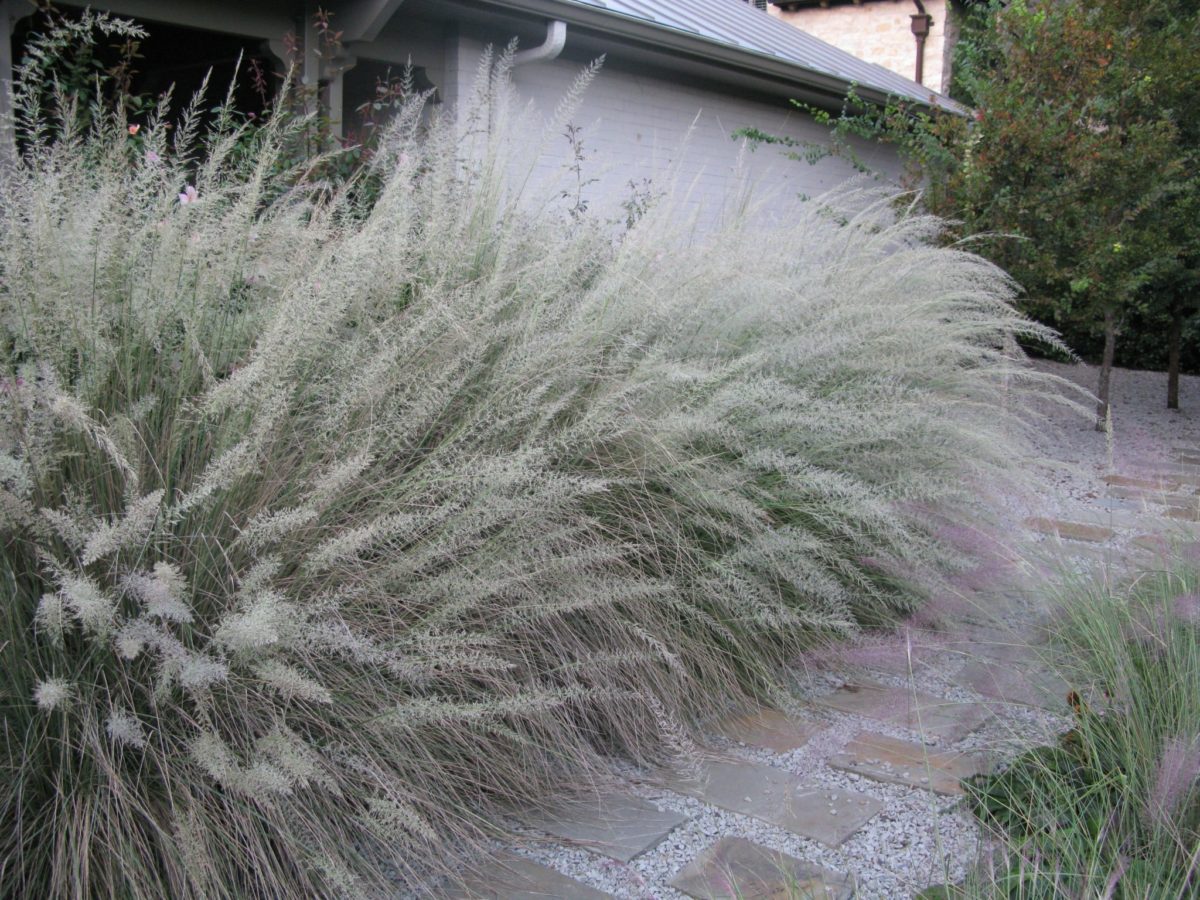Texas Sedge

Texas Sedge
(Carex texensis)
Sedges, while not grasses technically, are great plants for shady areas where grass won’t grow. Texas sedge has a fine blade and short habit that makes it carefree–no mowing and very little water needed. It’s what you’ll find growing in native cedar elm groves all around the area. Slow to establish but worth the wait.




